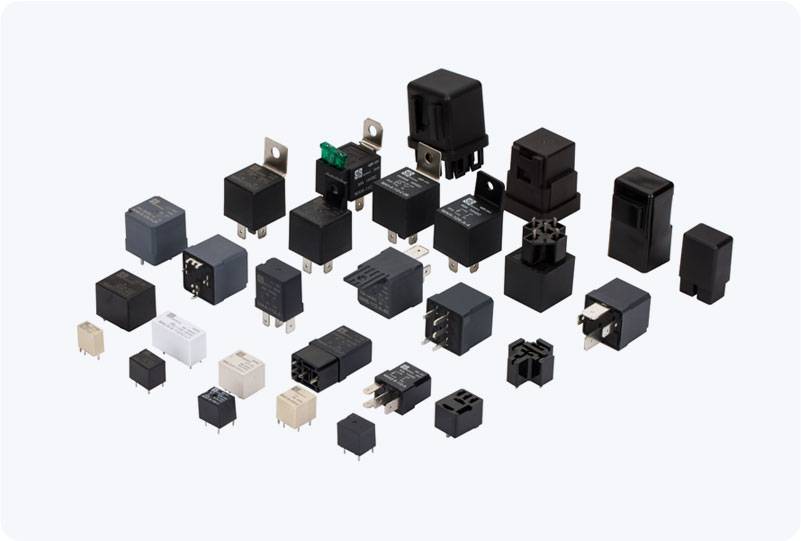The IEC 61811 standard is an essential guideline that defines the requirements and testing methods for relays, particularly electronic and solid-state relays. Established by the International Electrotechnical Commission (IEC), this standard is crucial for ensuring the reliable operation of relays in various industrial, automotive, and consumer electronics applications. In this article, we will explore the key aspects of the IEC 61811 standard, its applications, and its significance in modern electronic systems.

What is IEC 61811 Relay Standard? IEC 61811 is a technical standard that primarily focuses on the testing, performance, and durability requirements of relays. It was designed to address the growing need for high-performance electronic relays, which are used in automated systems and control circuits. This standard sets specific criteria for the design, construction, and functionality of both mechanical and solid-state relays. The standard provides engineers and manufacturers with clear instructions on how to test the relays’ key characteristics, such as switching speed, contact resistance, insulation properties, and durability. The goal is to ensure that these relays perform reliably in different operating environments, ranging from industrial control systems to domestic appliances.